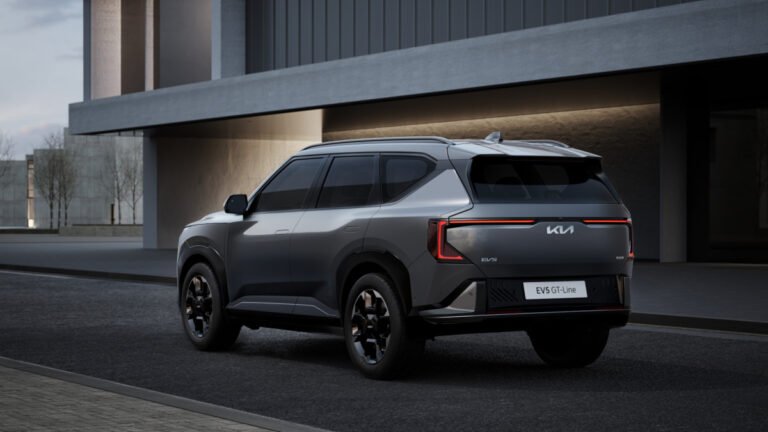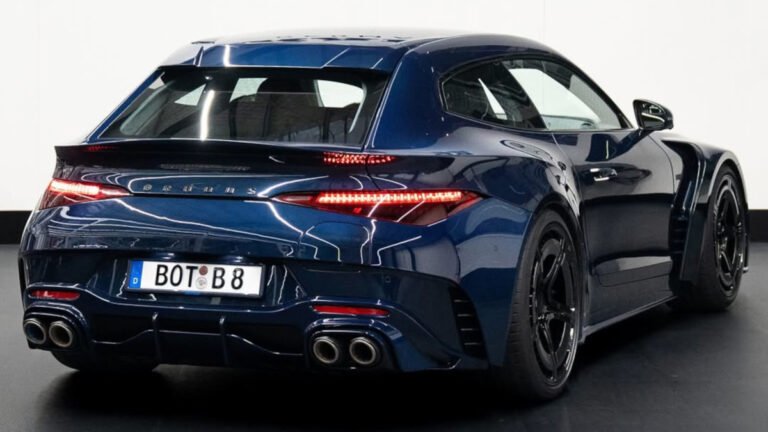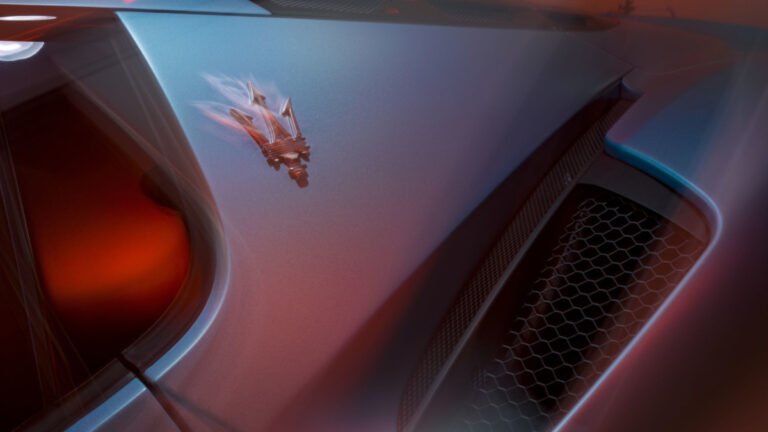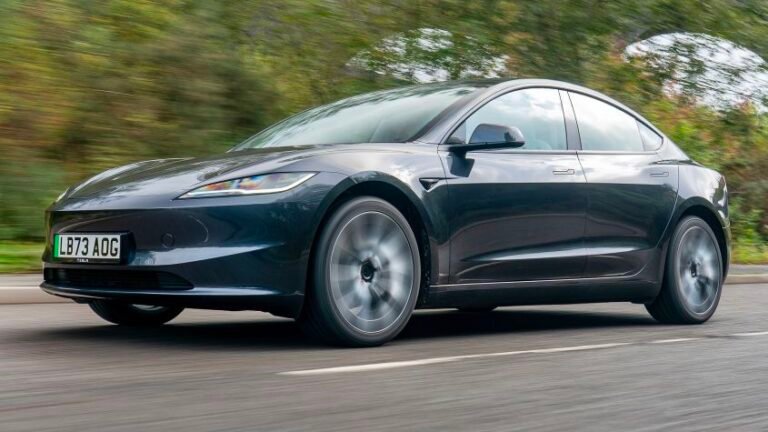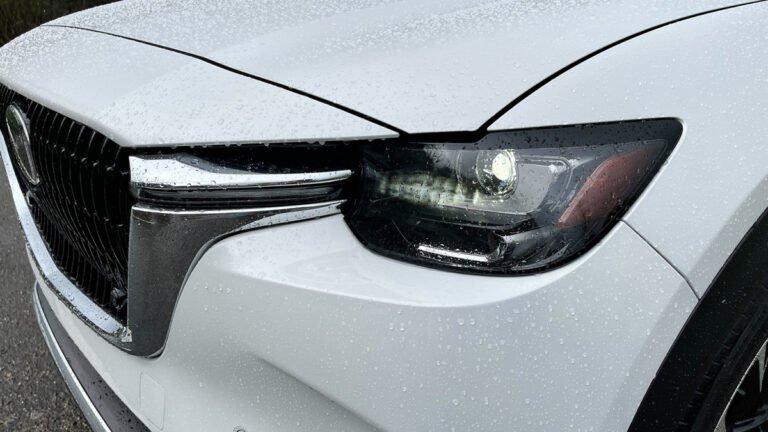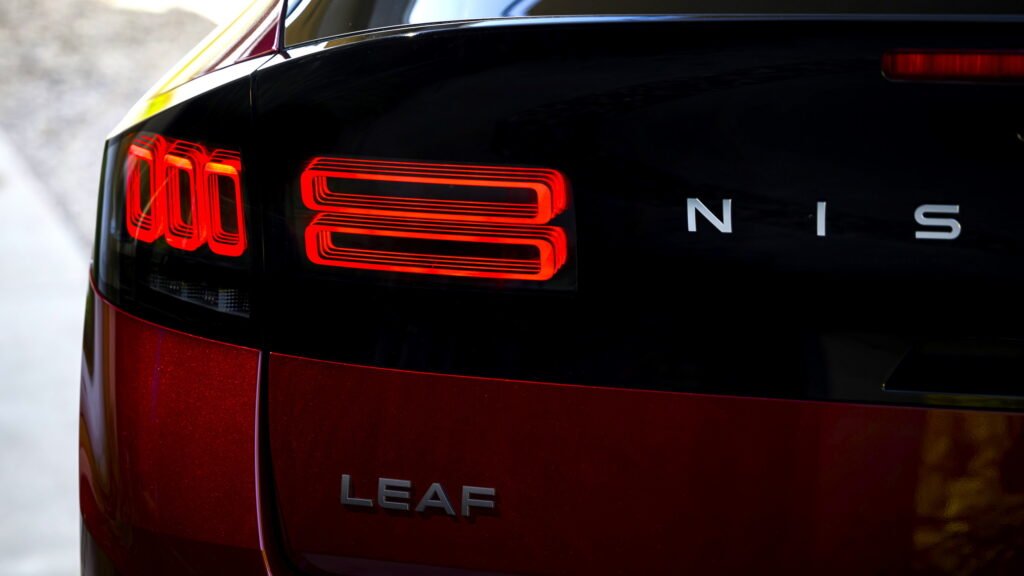

- Nissan is reportedly cutting production of the newly released Leaf EV.
- The automaker is said to be facing a parts shortage related to rare earths.
- The 2026 Leaf arrives in America this fall with two different powertrains.
The Trump administration recently signaled the end of the clean vehicle credit, which can save consumers up to $7,500. Its last day will be September 30, sending EV prices up and demand down.
That’s a disastrous combination and we’re already starting to see some fallout from the move. However, it can’t be blamed for Nissan’s reported decision to cut production of the redesigned Leaf.
More: Nissan Takes A Leaf From The Z For Its Mass Market EV
While the model hasn’t been launched yet, reports out of Japan suggest the automaker is scaling back production because of rare earth export restrictions imposed by China. Reuters cites Kyodo News as saying the restrictions have resulted in a parts shortage, although specifics are hazy.
Rare earths play an important role in a variety of industries and China’s export restrictions have impacted a number of automakers including Ford and Suzuki. Suppliers are also in a bind as they can’t always get the materials they need.
In fact, the European Association of Automotive Suppliers recently warned the supply chain is “experiencing significant disruption due to China’s recent export restrictions on rare earth elements and magnets.” They went on to say the move impacts “both combustion engine and electric vehicles,” which threatens “automotive production and thousands of jobs in the European Union.”
As for the Leaf, the third-generation model was fully revealed last month and will reach U.S. dealerships this fall. It adopts a crossover-inspired design as well as a modern and high-tech interior.
The model will be offered with two different powertrains including an entry-level version that combines a 52 kWh battery with a 174 hp (130 kW / 177 PS) electric motor. Customers can also get a 75 kWh battery that comes paired with a 215 hp (160 kW / 218 PS) motor.
